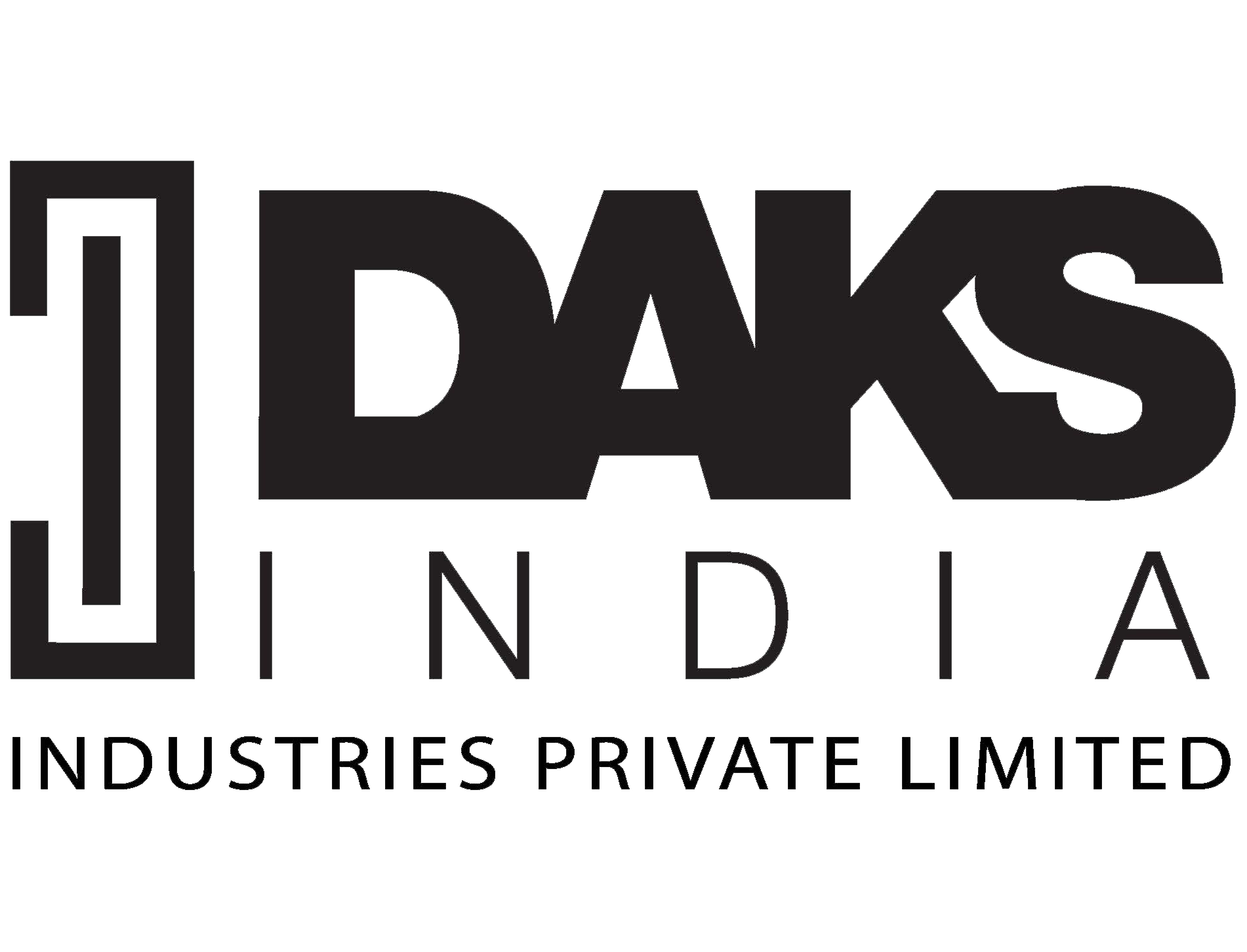The act of shopping has now become an experience, and packaging plays a crucial role in this. The cue to the ultimate game of attracting customers is affixing a value at this stage. Luxury packaging denotes that the brand has taken much effort to present the product and care about their customers. It signifies the brand and tells its tale without actual words.
In the extant world, where e-business takes over, a real-life experience needs to leave a mark that the online world cannot provide. It should communicate with the consumers and deliver the brand’s idea. Even for the gifting purpose, it makes the memory unforgettable and delightful. The packaging should start charming the consumers even before getting to the main product.
Usually, brands go for the visual design and spend a hefty amount on its looks. While targeting customers, we can keep many things in mind, like how it feels and smells. This can elevate the whole journey of getting the product. The sensory qualities of a product can level up the excitement and expectations of the consumers in no time. Tactile senses should be aimed.
Ways to put luxury in your ordinary packaging
- Exclusivity: The brand needs to present something to its customer which is exclusive and authentic to its existence and stands different from the usual. It needs to have its own identity and take the consumer on a journey of exploration.
- High-end quality: the brand must not compromise on the material used in the making of the design. Packaging represents the brand, so even with a slight dissatisfaction, customers can question the brand’s integrity. Artisanal objects can be used in the making to give a superior look.
- Colours: loud colours should be used with caution as they can confuse other colours—subtle colours give a premium look. Muted tones with matte finish look elegant.
- Sustainability: if the packaging is recyclable and sustainable, it will show the brand’s concern for social responsibilities and gain customers’ trust.
- Smooth and simple: luxury packaging doesn’t mean overdoing it. Minimalistic packaging that looks luxurious and has smooth finishing that feels luxurious can attract attention from the right consumers.
- Layering: you can add excitement to a customer’s experience by adding layers of packaging but make sure that these materials don’t make unwanted noise, just like opening plastic packaging.
- Durability: This is one of the trickiest things in this. Luxury packaging should withstand environmental calamities, which take a lot of time.
- Strike the attention: The packaging should be attractive and designed professionally with expertise.
- Scent infused: Scent infused packaging can alleviate the stress away and involve the consumer in this whole journey of discovery.
- Design and Decor: Consumers often choose to decorate their surroundings with things that have an aesthetic vibe. The design needs to be appealing and attractive, causing the consumer to give the packaging a place in their abode, which will, in turn, remind them of it. The unusual characteristics can grab the attention as well.
- Delivery of message: The packaging of the product plays an essential role in delivering the intentions and message of the brand. It is as important as the brand logo as it is very close to the brand.
- Adhere to consumer’s expectation: The consumer should feel exclusivity; they should realise that they are valued, and their money is being valued. They should feel a sense of security that they are getting more for their money.
There are plenty of competitors for a product. Packaging can help a brand stand differently. It decides where the product lives and adds value to it. In the process of advertising to the wealthy, luxury packaging smoothens up the way to create an event so memorable that it leaves a mark on the customer, compelling the customer to be loyal. It adheres to quality and status. A good design can serve as an emotional appeal to the customer.
YOU CAN ALSO VISIT OUR BLOG RELATED TO ORGANIC ALTERNATIVES TO PLASTIC BAGS HERE.
